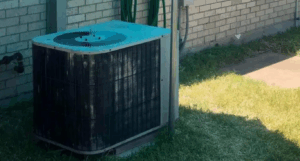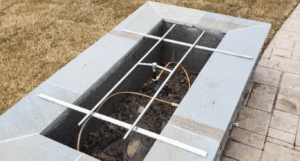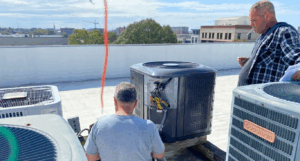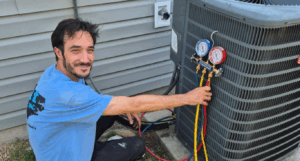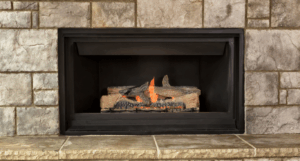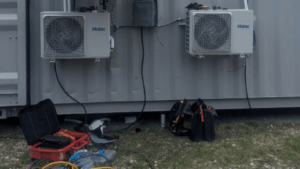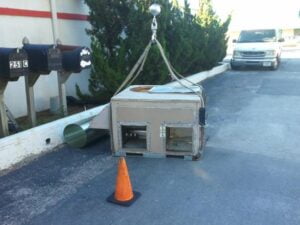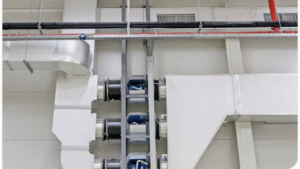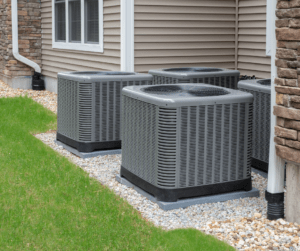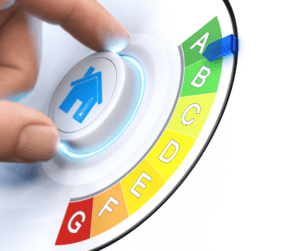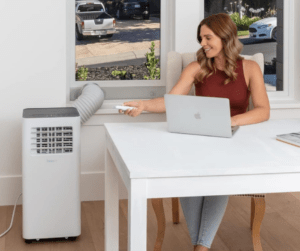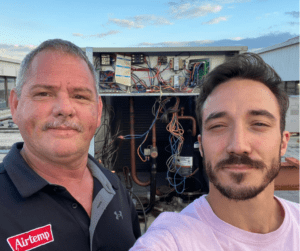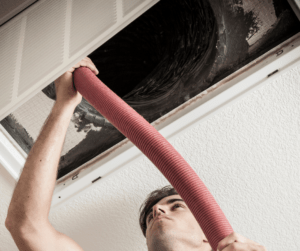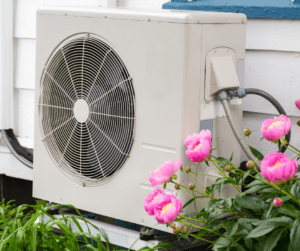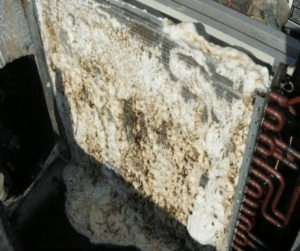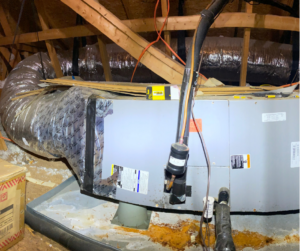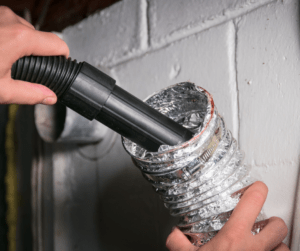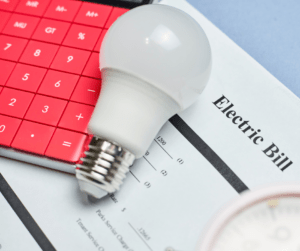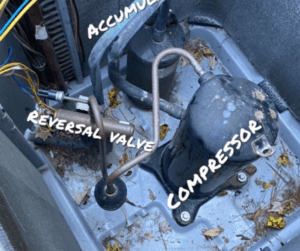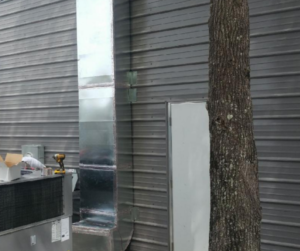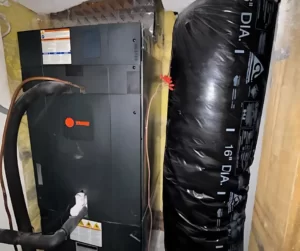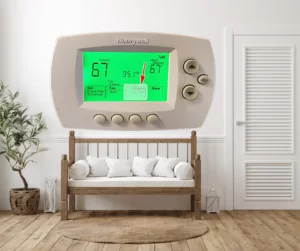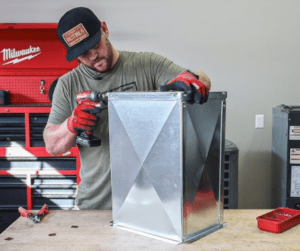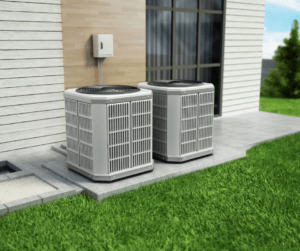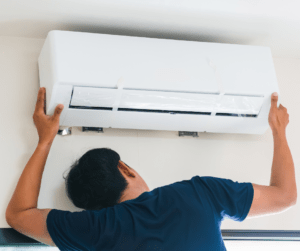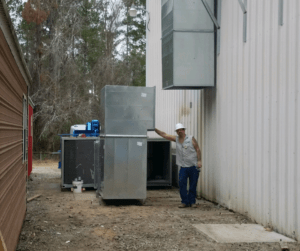Central Heating and Air Systems: Installation Cost Guide
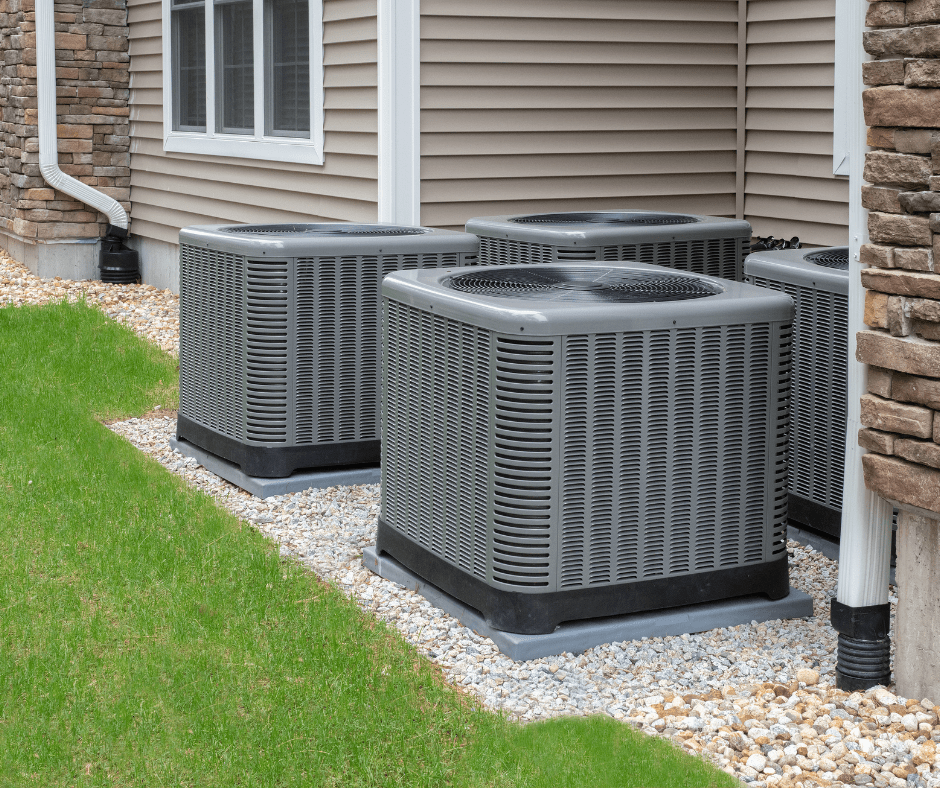
Introduction to Central Heating and Air Systems
Central heating and air systems are vital for creating a comfortable and climate-controlled living space. Whether you are constructing a new house or improving an existing heating and cooling system, it’s important to understand the various aspects involved in the HVAC system installation process. Knowing what to expect can help you prepare both financially and logistically.
These heating and air conditioning systems typically consist of a furnace or heat pump for heating and an air conditioner for cooling, integrated with a network of ducts that distribute conditioned air throughout your home. The efficiency and performance of these HVAC systems can vary widely based on the equipment and the quality of the installation. Thus, investing time in researching and planning can pay off in the long run.
Various elements contribute to the overall installation cost, including the type of system, the complexity of the installation, and regional labor rates. The size of your home and its existing infrastructure, such as ductwork, also play significant roles. High-efficiency HVAC units can be more expensive initially but offer savings through reduced energy consumption over time.
Understanding these factors can help you make informed decisions when selecting a heating and air system and HVAC contractor. Advanced planning can also uncover potential challenges, such as the need for additional ductwork or electrical upgrades, which can impact the installation timeline and budget.
Being well-prepared and informed can lead to a smoother installation process, ensuring that your new central heating and air system meets your needs for comfort and efficiency. With the right approach, you can create a living environment that remains cozy in the winter and cool in the summer, enhancing your overall quality of life.
Factors Influencing Installation Cost

Several factors can impact the cost of installing a central heating and air system. The size and layout of your home are critical considerations; larger homes or those with multiple stories may require more extensive ductwork and larger HVAC systems, resulting in higher expenses. The type and efficiency of the system you select will also influence the price. High-efficiency models, while potentially more costly upfront, can offer long-term energy savings.
Additionally, the condition of your existing ductwork and infrastructure plays a role. Homes with outdated or inadequate ductwork may need significant upgrades, adding to the overall cost. Local climate is another factor; areas with extreme temperatures might require more robust systems, impacting both the equipment and heating and cooling installation costs.
The complexity of the installation, such as the need for additional electrical work or structural modifications, can further drive up expenses. Local labor rates also vary by region, affecting the overall cost. Finally, obtaining the necessary permits and inspections can add to the expense. By considering these factors, you can better estimate and plan for the installation costs of a central heating and air system.
Typical Cost Range for Installation
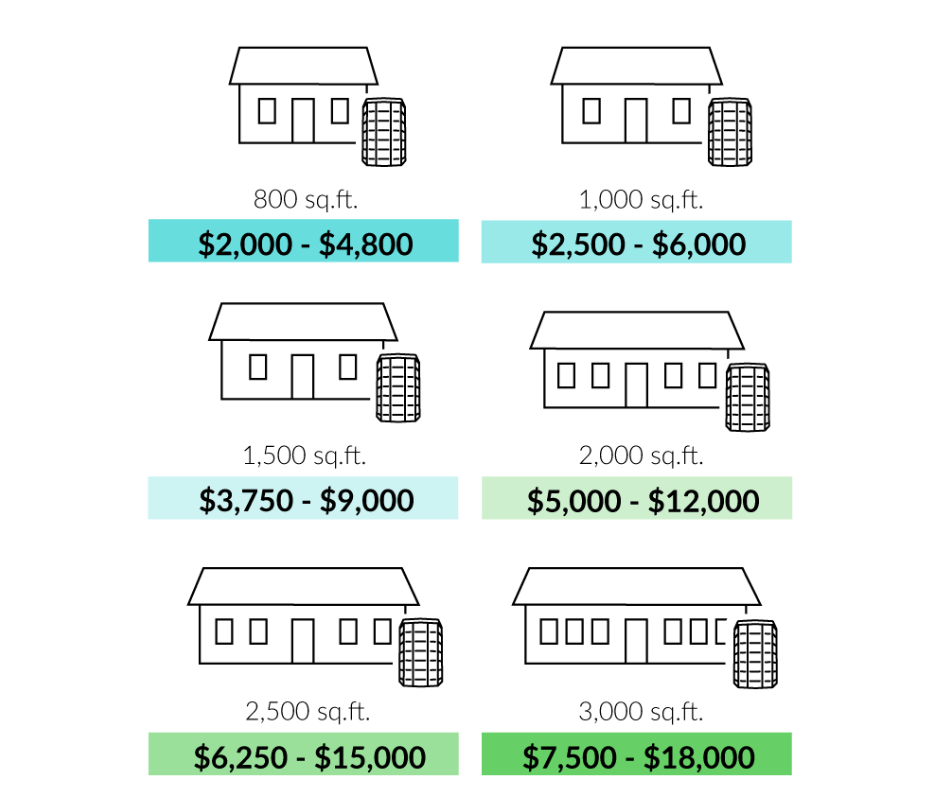
The cost of installing a central heating and air system typically varies between $3,000 and $7,000. However, this range can fluctuate based on several factors, including the size of your home and regional price differences. Homes in areas with higher labor costs may see increased expenses, while those that already have ductwork installed might face lower costs.
It’s essential to obtain detailed estimates from multiple HVAC contractors to get a clear picture of how your specific circumstances will influence the final price. Additionally, the type and efficiency of the HVAC system you choose can impact the overall expense.
High-efficiency models, though more costly initially, can provide long-term savings through reduced energy consumption. Other factors such as the condition of your existing infrastructure, the complexity of the heating and air system installation, and any necessary electrical or structural modifications can also affect the total cost. By considering these variables, you can better plan and budget for your central heating and air system installation.
Installation Cost Breakdown
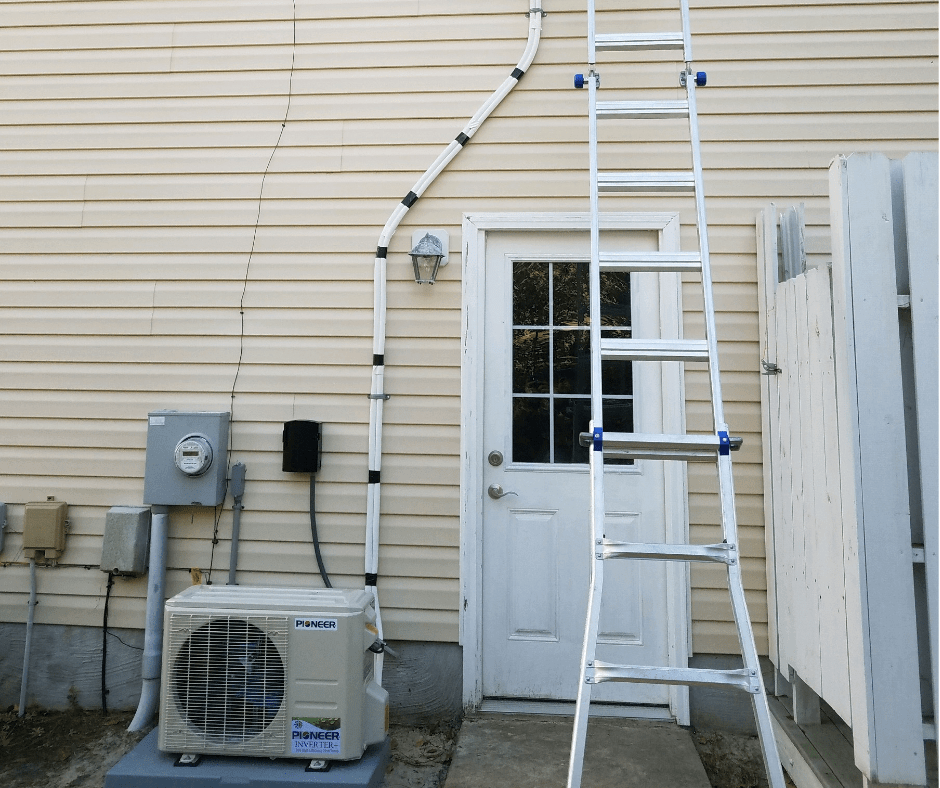
The breakdown of installation costs for a central heating and air system typically involves both labor and materials. Labor costs can be substantial, as installing these systems requires skilled heating and cooling technicians to ensure everything is set up correctly and functions efficiently. HVAC technicians must carefully handle the integration of heating and cooling units, ductwork, and any required electrical components. This intricate work often means that labor is one of the most significant portions of the overall cost.
Material costs include the central heating and air units themselves, which can vary widely in price depending on the type and efficiency of the system chosen. High-efficiency units may cost more initially but can offer energy savings over time. In addition to the primary units, you may need to purchase new or replacement ductwork, which adds to the material costs. Ductwork must be appropriately sized and installed to ensure optimal airflow and efficiency for your HVAC unit.
Other materials can include thermostats, vents, and other accessories necessary for a complete installation. Depending on your home’s existing infrastructure, you might also need additional materials to support any required modifications, such as upgraded electrical wiring or structural reinforcements.
Permits and inspections are another essential component of the installation cost. Most regions require permits to install central heating and air systems, and these permits often come with fees. Inspections ensure that the installation meets local codes and safety standards, providing peace of mind that the system is safe and compliant. These permits and inspections can add to both the timeline and the cost of your project.
Additionally, unexpected costs can arise if your home requires significant modifications to accommodate the new system. For example, older homes might need updates to their electrical systems or additional structural work to support the new equipment. These modifications can significantly increase both labor and material expenses. By understanding these various components, you can better prepare and budget for your central heating and air system installation.
Tips to Save on Installation Costs
To save on installation costs, start by researching and comparing quotes from multiple heating and air conditioning contractors. This approach not only helps you find the most competitive pricing but also enables you to evaluate the quality of service each HVAC contractor offers. Timing your installation during the off-peak seasons can also lead to savings, as some contractors may offer discounts when demand is lower.
Additionally, look into available rebates or incentives for energy-efficient systems, which can significantly reduce the financial burden. You can also save money by opting for a HVAC system that matches your home’s specific needs rather than over-sizing. Over-sized systems can be more expensive and may not operate efficiently. A load calculation performed by a heating and ac professional can help you determine the appropriate system size for your home.
Another cost-saving measure is to check if your existing ductwork is in good condition. If your ductwork is adequate, you might avoid the expense of replacing or upgrading it. Proper maintenance of your current system can also extend its life, delaying the need for a new installation.
Consider bundling services if you’re planning multiple home improvement projects. Some contractors may offer package deals that lower the overall cost when you combine projects like installing a new heating unit and air system with other upgrades, such as electrical work or insulation improvements.
DIY tasks, such as clearing the installation area and making minor preparations, can also help lower labor costs. However, be cautious not to take on any tasks that should be performed by a HVAC professional, as this could lead to issues or additional costs down the line.
Finally, financing options or payment plans can make the upfront costs more manageable. Many contractors offer flexible payment options that allow you to spread out the expense over time, easing the financial impact.
By taking these steps, you can effectively manage and reduce the installation costs for your central heating and air system.
Long-term Value of a Quality Installation
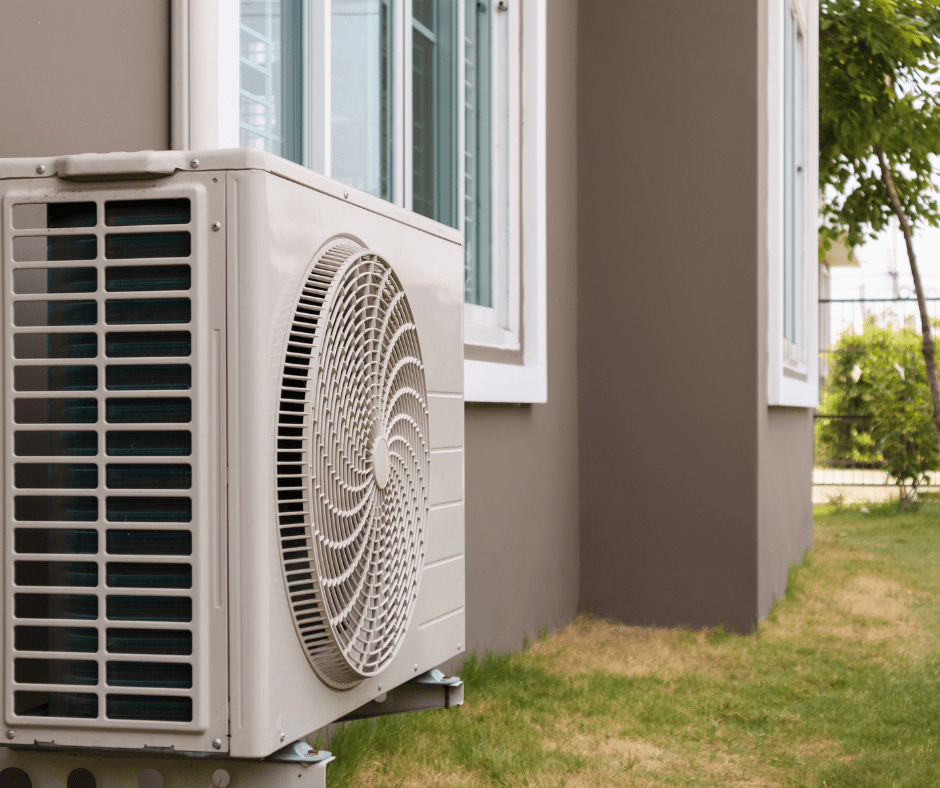
Opting for a high-quality installation of your central heating and air system can yield numerous long-term benefits. A properly installed system operates more efficiently, which translates to lower energy consumption and reduced utility bills. Over time, these savings can offset the initial investment in a high-efficiency unit.
Additionally, a well-executed installation ensures that the system functions reliably and requires fewer HVAC repairs, minimizing maintenance costs and inconvenience. The enhanced performance and longevity of the system contribute to a more consistent and comfortable indoor environment, improving your quality of life.
Furthermore, a quality installation can increase your home’s resale value. Prospective buyers are often willing to pay a premium for homes equipped with reliable, efficient heating and air systems. This added value can make your home more attractive in a competitive real estate market.
Investing in quality also means peace of mind. Knowing that your central air system has been installed according to best practices and local codes provides assurance that it is safe and compliant. This can be particularly important in preventing issues related to improper installation, such as poor airflow or inadequate heating and cooling.
Lastly, the environmental benefits of an energy-efficient system should not be overlooked. Reduced energy consumption means a smaller carbon footprint, contributing to a more sustainable future. This aspect is increasingly important to many homeowners and can be a compelling factor in your decision-making process.
By focusing on a quality installation, you can enjoy a comfortable, efficient, and valuable home environment, making the investment worthwhile in multiple ways.
Conclusion
By following the steps you have learned here today, you should be able to ensure that you new central heating and air system is properly installed bringing endless comfort to your home or business. When taking on a project this size it is truly best to hire an HVAC company that specializes in both residential and commercial heating and air conditioning services.
For more tips on HVAC system problems and installation, maitenance, and repair, be sure to read our following related articles.


